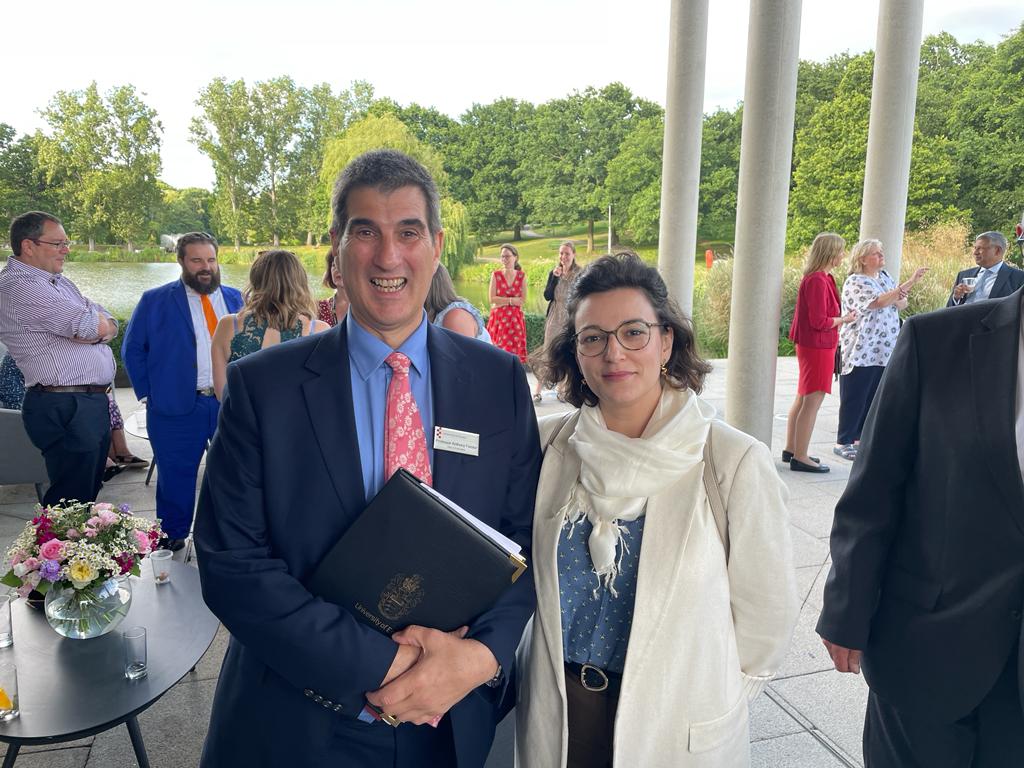On 3 August, Research Professional News published and article written by Anthony Forster, Vice-Chancellor of University of Essex, and Silvia Gómez Recio, YERUN Secretary General, about the European Universities initiative.
You can find below the full article, published by ResearchProfessionaNews.
.—-
Alliances, not empires
European Universities initiative must complement other networks, not crowd them out.
.
European universities’ tradition of partnership and peer learning is much older than the EU. But the EU has brought a new, very particular character and dynamic to such collaborations: namely, top-down access to sometimes significant funding and interventions aimed at creating stronger political integration and an ever-closer union.
These goals lay behind policies and initiatives including the 1987 Erasmus programme focused on student mobility and the 1999 Bologna process to create a European Higher Education Area. They also lay behind the 2017 European Universities Initiative (EUI) to create transnational alliances aimed at promoting European values and identity, and revolutionising the competitiveness of European higher education.
Driven by shared values, universities have responded to these policies by creating their own networks. Designed by and for their members and varying in size and shape, each champions its members’ interests through activities among institutions and on the European scene, lobbying on budgets and legislation and creating long-term structures for exchanging practice and joint activities. These networks are vital pillars of the EHEA.
Funded through the Erasmus+ programme, the EUI builds on the work of these networks, allowing alliance members to deepen their integration and collaboration. However, in significant ways the initiative offers a different, top-down vision for the future.
Forcing the pace
The European Commission has set out a form and function for European Universities: single, albeit federated structures, with the possibility to become legal entities and a mission to create a generation of students who, through studying and learning across Europe, develop a true European identity and sense of citizenship. It has also used political and financial levers to force the pace of change.
The EUI has reshaped the landscape of academic cooperation in Europe, aiming to clear bottlenecks and obstacles that have defeated past interventions. It has promoted experimentation in building shared educational content, a joint European degree and a focus on societal impact. It has also boosted innovative collaborations with other sectors.
The initiative has resonated with many universities, both within and outside existing networks. Following the most recent call in July 2023, there are now 50 EUI alliances involving more than 430 institutions. It is set to be a jewel in the crown of the EHEA, as impactful and significant as the regular Erasmus scheme.
With this success, however, the alliances’ bandwagon has been loaded with an extraordinary weight of expectation, objectives and activities. The target number of alliances has risen from 20 to 60; there is pressure to include more institutions in each, and their remit is broadening into research and innovation.
Inclusive approach
There is a sense that alliances are the go-to remedy for all problems. But the additional objectives, dilution of funding and weight of expectation are creating a drag that risks slowing down progress.
Institutional leadership teams and staff are struggling to build as they go, delivering ambitious goals with limited resources. Time and money are diverted from existing bi- and multilateral partnerships. The roles and functions of EUI alliances and university networks are thrown into doubt, particularly for universities involved in both.
A successful EHEA needs both alliances and networks. The Commission must ensure an inclusive approach that values the contribution of self-funded networks to policymaking on EUI alliances.
Universities either unwilling or unable to commit to EUI alliances must be able to continue their cooperation and make their voices heard. There needs to be more space for high-risk, high-reward initiatives than offered by the framework of the projects’ work packages and deliverables. Networks must be able to deepen partnerships in areas of their choice, at a speed that feels right.
All too regularly, in Brussels and national capitals, the relationship between EUI alliances and networks is framed as a zero-sum game. And building the EHEA is seen as a choice of supporting either alliances or networks. For the best outcomes and the most inclusive approach, all must work to ensure that both not only survive but thrive.
Only this approach will deliver the goal set out in the 2017 Gothenburg summit that birthed the EUI: to boost the excellence of higher education, research and innovation while promoting equality and inclusiveness, allowing for transnational cooperation between Europe’s universities and inspiring the transformation of higher education.
Anthony Forster is vice-chancellor of the University of Essex, UK and Silvia Gómez Recio is secretary-general of YERUN – Young European Research Universities Network










